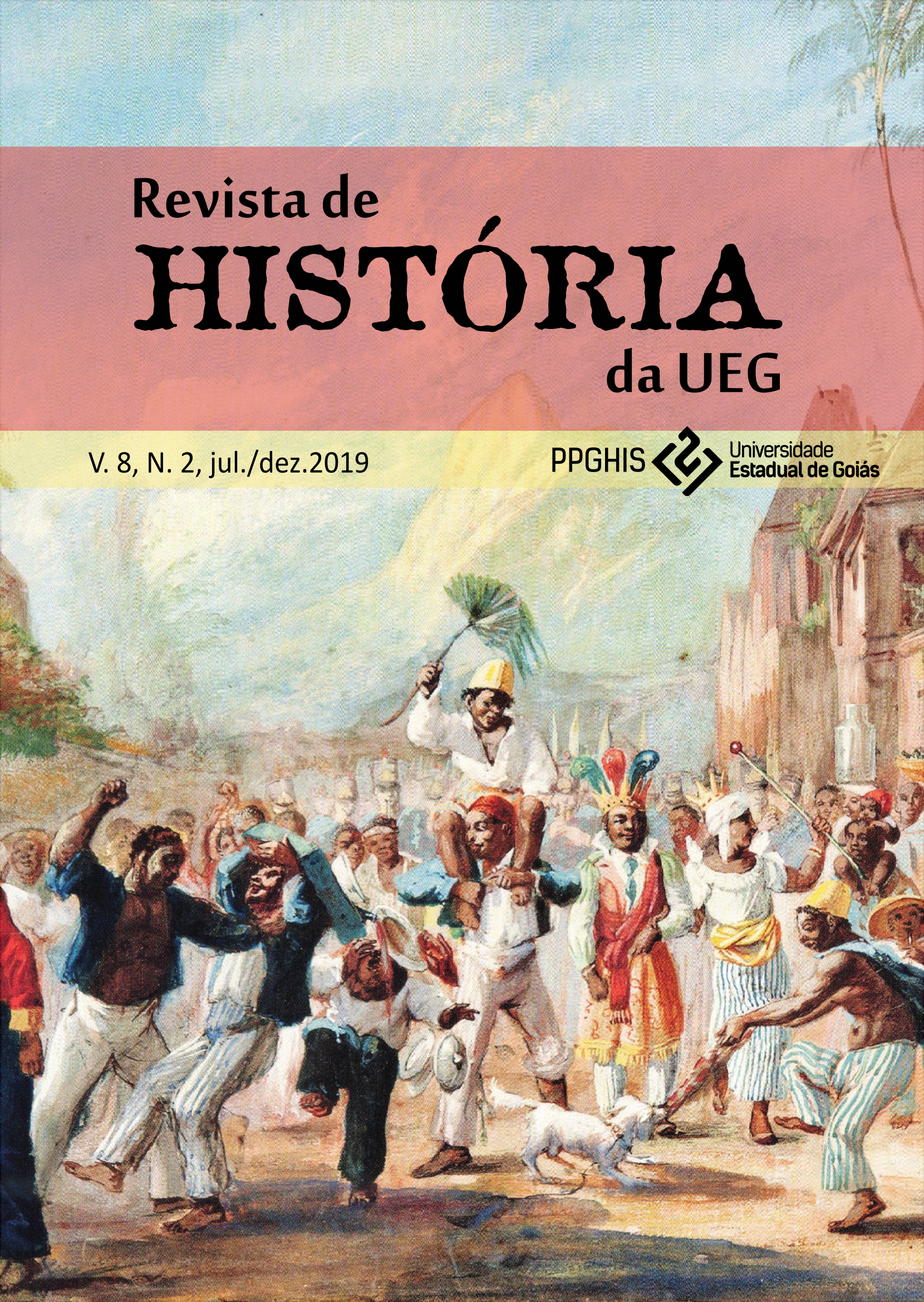Os santos e a peste no Brasil colonial (1685-1754)
The saints and the plague in colonial Brazil (1685-1754)
Abstract
Abstract: In 1685, the plague struck Pernambuco and later spread to other captaincies. High lethality encouraged clerics to write about; and this reinforced the presence of religious knowledge in the measures taken against the disease. Devotion to the saints has become central because it fits in with the situations of the epidemic. In sermons, devotional books, and hagiographies, holiness emerges as the intercessors of men's cause with God, so the colonists should choose a patron to protect the city or town. In these documents the religious recommend the practice of processions, prayers and novenas dedicated to the saints who had "lawyers against the plague". As the epidemic intensified, people fled both the plague and the sick except the religious. They rescued the sick because they sought an ideal of holy life after the example of the saints, they despised the world and lived and died for others, reason for the men of the church risking health with the sick. Given this scenario, this article aims, in general, to investigate the morality about plague in colony Brazil from 1685 to 1754, a period marked by major pestilence outbreaks, questioning the place of faith in the health and disease of the settlers.
Keywords: Plague. Devotion. Clergy. Saints. Moral. Processions.
Downloads
Downloads
Published
Issue
Section
License
Os autores não serão remunerados pela publicação de trabalhos na Revista de História da UEG. Os conteúdos publicados, contudo, são de inteira e exclusiva responsabilidade de seus autores, ainda que reservado aos editores o direito de proceder a ajustes textuais e de adequação às normas da publicação. Autores que publicam nesta revista concordam com os seguintes termos:
Autores mantém os direitos autorais e concedem à revista o direito de primeira publicação, com o trabalho simultaneamente licenciado sob a Licença Creative Commons Attribution 4.0 que permite a distribuição deste material:
- Compartilhar — copiar e redistribuir o material em qualquer suporte ou formato para qualquer fim, mesmo que comercial;
- Adaptar — remixar, transformar, e criar a partir do material para qualquer fim, mesmo que comercial.
Autores têm autorização para assumir contratos adicionais separadamente, para distribuição não-exclusiva da versão do trabalho publicada nesta revista (ex.: publicar em repositório institucional ou como capítulo de livro), com reconhecimento de autoria e publicação inicial nesta revista.
O licenciante não pode revogar estes direitos desde que você respeite os termos da licença:
- Atribuição — Você deve dar o crédito apropriado , prover um link para a licença e indicar se mudanças foram feitas . Você deve fazê-lo em qualquer circunstância razoável, mas de nenhuma maneira que sugira que o licenciante apoia você ou o seu uso.
- Sem restrições adicionais — Você não pode aplicar termos jurídicos ou medidas de caráter tecnológico que restrinjam legalmente outros de fazerem algo que a licença permita.
Avisos:
Você não tem de cumprir com os termos da licença relativamente a elementos do material que estejam no domínio público ou cuja utilização seja permitida por uma exceção ou limitação que seja aplicável.
Não são dadas quaisquer garantias. A licença pode não lhe dar todas as autorizações necessárias para o uso pretendido. Por exemplo, outros direitos, tais como direitos de imagem, de privacidade ou direitos morais , podem limitar o uso do material.

















